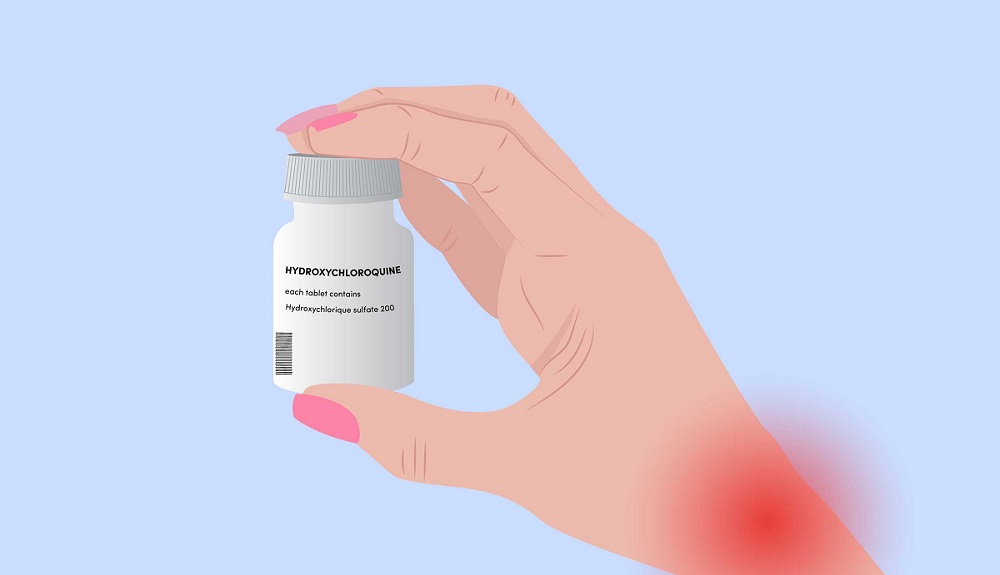GAINESVILLE, Fla.—The millions of Americans who suffer from fibromyalgia live with a two-edged sword: excruciating pain, accompanied by the doubts of many who dismiss it as a made-up illness invented by a troubled mind.
But researchers at the University of Florida and elsewhere are beginning to piece together clues that reveal the physical basis of the puzzling syndrome that causes severe fatigue and aches, and has defied easy diagnosis.
UF scientists have found an abnormal central nervous system reaction in those with fibromyalgia-the body magnifies ordinary repetitive stimulation into an experience of crippling pain.
“This is particularly important because it has been unclear if fibromyalgia was just an imagined illness or a real syndrome,” said Dr. Roland Staud, an associate professor of medicine at UF’s College of Medicine who also is affiliated with the UF Brain Institute. “We now have good evidence that shows that it’s not a psychological abnormality, butthat there is a neurological abnormality present.”
Staud, who presented his research findings at the annual meeting of the American College of Rheumatology last November, recently was awarded a National Institutes of Health grant worth nearly $800,000 to continue his studies for the next four years. Donald Price, a UFprofessor of oral and maxillofacial surgery, and Charles Vierck, a UF professor of neuroscience, are collaborating on the research. Their goal is to develop a better understanding of the condition, with an eye toward improving diagnostic tests and treatments.
An estimated 3.7 million people in the United States – primarily women who are diagnosed during their 30s and 40s – have fibromyalgia, according to the NIH. A chronic illness with no known cure, its cause also is not known. Researchers have theorized that an injury to the central nervous system or an infectious agent might be responsible for triggeringit in people who have inherited susceptibility. Symptoms include persistent and widespread musculoskeletal pain, fatigue and tenderness in the neck, spine, shoulders and hips.
Staud and colleagues found the central nervous system abnormality byconducting a series of repetitive stimulation tests on people with thesyndrome as well as healthy research participants. The tests involved repeatedly placing warm plates on their hands and arms. The healthy participants felt the sensation but did not report it as pain.
Click Here to Visit the Store and find Much More….
For those with fibromyalgia, however, the sensation would magnify with each repetition into an experience of crippling and unbearable pain.
“When a sensation signal reaches the spinal cord, the signal can be omitted, changed or augmented,” Staud said. “If it is augmented, then something that is innocuous, such as pressure on the skin, can then be perceived as a painful stimulus.”
Jessica LeMay, one of Staud’s patients, has been battling fibromyalgia since 1993. The 30-year-old Lake City resident said the pain starts in one area and usually spreads, sometimes becoming overwhelming.
“I imagine if someone had taken a baseball bat and beaten me with it,that’s got to be what it feels like,” she said. “Depending on the day, I’ll just move out of the way if someone tries to touch me.”
The pain of fibromyalgia often interferes with a person’s working life.
“These are people who are diagnosed in their productive years. Many have personal or professional problems adjusting to the pain experience,” Staud said. “The illness makes some people feel dysfunctional because they can’t do the activities they once did.”
The condition can worsen from stress and inadequate sleep, Staud said. Because living with fibromyalgia often causes stress, and pain makes sleeping difficult, a vicious cycle develops.
LeMay said many people dismiss her condition, not understanding the “huge difference” between her severe fatigue and the healthy person’s occasional tiredness.
“When this fatigue would come about, it’s almost like a weight being dropped on you, and you can’t function anymore,” she said.
LeMay said she is hopeful that Staud’s research will lead to more effective treatment for fibromyalgia patients and better understanding by the general public.
“In our society, you either get better or you die, and fibromyalgia patients don’t do that,” she said. “We don’t fit in the mold, so people don’t know what to do with us.”

Click Here to Visit the Store and find Much More….
For More Information Related to Fibromyalgia Visit below sites:
References:
Fibromyalgia Contact Us Directly
Click here to Contact us Directly on Inbox
Official Fibromyalgia Blogs
Click here to Get the latest Chronic illness Updates
Fibromyalgia Stores









